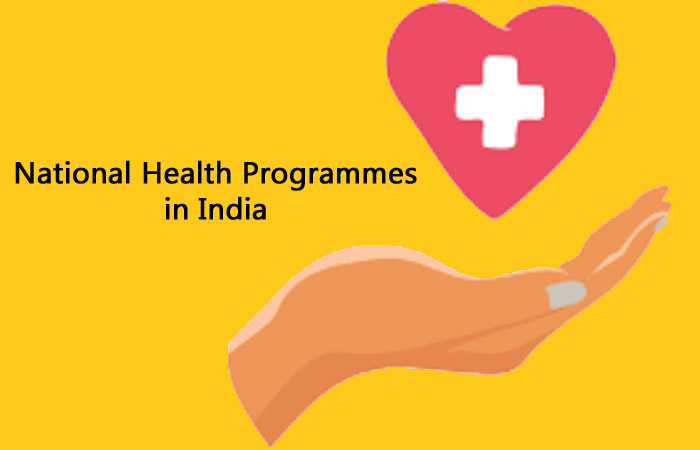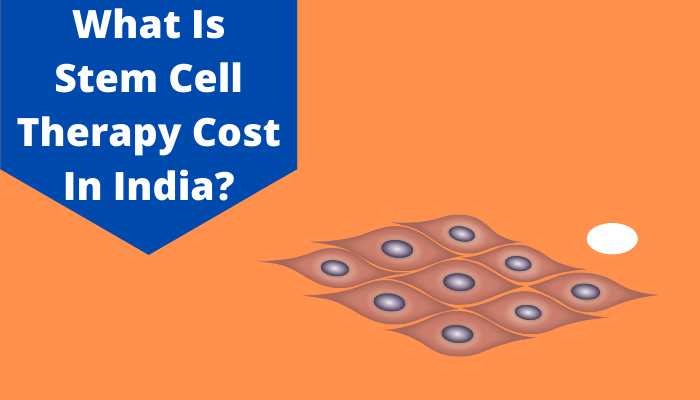List of Top 5 National Health Insurance Schemes in India: Check Benefits & Features
Health is a fundamental right of every human being. Therefore, it is essential to meet the basic human necessities to improve the standard of living. Since health is an important determinant that affects a country’s growth, every country makes it a top priority to make investments in the healthcare sector. Likewise, the Indian government is also investing heavily in developing affordable health care for the public, enabling proper healthcare facilities to come within the reach of the Indian citizens. For those who cannot afford to pay for private health insurance, various national health insurance schemes and national health programs in India are being launched.
What is a National Health Insurance Policy?
Let us first help you understand the national health insurance policy definition so that you can understand the national health card benefits. The Government of India tried to address the growing disparity in healthcare among citizens through the National Health Policy. Through national health policies, it set a goal of attaining the highest level of health and wellness for all ages. It also aimed to promote health care through these development policies. In accordance with this objective, health insurance schemes were launched. The main goal of these national health schemes and plans is to ensure that essential health services are accessible to a vast majority of the population at a reasonable cost.
5 Best National Health Insurance Schemes in India
The following list of national health programs in India are some of the most popular initiatives of the Indian government:
- Ayushman Bharat Yojana
- Pradhan Mantri Suraksha Bima Yojana (PMSBY)
- Central Government Health Scheme
- Employees State Insurance Scheme (ESIC)
- Universal Health Insurance Scheme (UHIS)
1. Ayushman Bharat Yojana
The Ayushman Bharat Pradhan Mantri Jan Arogya Yojana is part of the national health plan and was introduced in 2018 as a centrally financed scheme that is jointly funded by the government of India and the respective state governments to extend health insurance to people who are part of a low-income category, in the country.
The features of PMJAY are:
- Coverage of Rs.5 lakhs per family per year across public and private hospitals for medical treatment
- Coverage for three days of pre-hospitalization and 15 days of post-hospitalization expenses.
- Reimbursement of costs towards drugs, room charges, physician’s fees, surgeon charges, supplies, ICU charges, etc.,
- Provides coverage for all pre-existing medical conditions
- Can avail medical treatment at any of the impaneled public and private hospitals, anywhere in the country.
2. Pradhan Mantri Suraksha Bima Yojana (PMSBY)
Pradhan Mantri Suraksha Bima Yojana is a central government health scheme launched in the year 2016 that aims to provide easy and affordable insurance to people in case of unforeseen emergencies. For a premium of Rs. 12 per year for each member of the family, the plan offers coverage of 2 lakhs in case of death of the policyholder and Rs.1 lakh in the event of losing an eye or limb. A person of age between 18-70 years old can register for this scheme.
3. Central Government Health Scheme
Also called CGHS, this is a renowned health insurance scheme covering all the Central government workers, including pensioners. Starting in the year 1954, it includes the highest-ranked officials of the government such as Governors, Members of Parliament, Former High Court & Supreme Court Judges, Freedom Fighters, Journalists, etc., Under this scheme, the insured person is eligible for cashless medical treatment at hospitals that are pre-selected, wellness centers, diagnostic centers, etc.,
4. Employees State Insurance Scheme (ESIC)
Established in the year 1952, as per the ESI Act, the insurance scheme aims to offer socio-economic protection to those employed in organizations and empower them with health insurance. The benefit of this scheme is to safeguard them against any health-related issues such as temporary or permanent disability, sickness, or fatalities due to injuries at the workplace that might result in loss of income for the family of the insured.
As of 2019, the scheme has more than three crore beneficiaries who are eligible to receive Medical benefits, Sickness benefits, Maternity benefit, Dependants benefit, Unemployment benefit, Disability benefit, Rehabilitation allowance, etc., All those who are registered under ESIC may choose to receive medical treatment not only for themselves but also for their family members or dependents at ESI centers, located across the nation in addition to a number of public and private hospitals at major cities of India.
5. Universal Health Insurance Scheme (UHIS)
To provide basic medical care to those in the lower-income group, the Government of India introduced the Universal Health Insurance Scheme (UHIS) in the year 2003. This national protection scheme for health provides health coverage to those who belong to a lower-income group to take care of the medical expenses related to hospitalization. In addition to paying their medical expenses, it also offers personal accident insurance providing a lump sum amount to the family, in case of death of the insured person.
Top Features of Universal Health Insurance Scheme (UHIS)
- This health policy can be purchased either individually or as part of a group plan.
- Coverage of up to Rs. 30,000 is provided towards hospitalization, which includes medical bills, pregnancy room rental, doctor’s consultation fee, medical supplies, etc.
- The rates of premium for universal healthcare insurance schemes will vary depending on whether the insured person belongs to BPL or APL families.
- Premiums start from Rs.300 and can go up to Rs.730 depending on the number of persons covered under a single policy.
In addition to these national health insurance schemes run by the central government, each state government also has separate health schemes and programs for residents of those individual states. The COVID-19 outbreak has created awareness and brought attention to the people at all levels towards Govt. sponsored health schemes, which were launched to boost medical and healthcare infrastructure in the country.
These national insurance schemes are a boon to those who belong to the middle, lower-middle and lower categories of people who do not easily get quality healthcare facilities at private hospitals. Such facilities have primarily helped the common person to fight against the COVID-19 pandemic while making use of the coverage options offered by these insurance schemes.
Take Away
In a nation like India with a large population and with each person belonging to a different financial background, these centrally sponsored health care schemes help create an equal opportunity for everyone. With this thought in mind, these insurance programs are offered by the government to serve the needs of a larger population, ensuring a socio-economic balance and sustainable development.




























